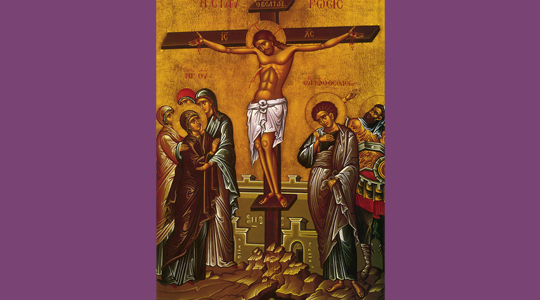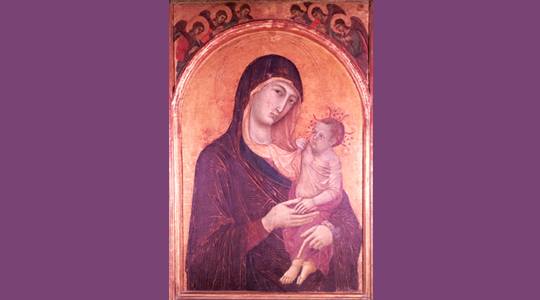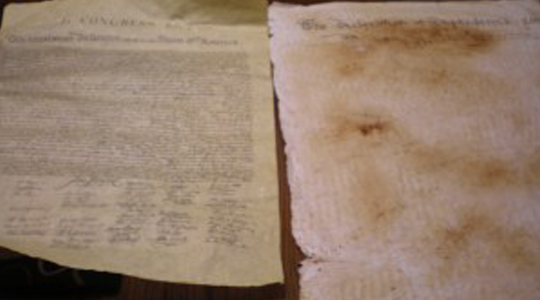This Lenten activity is designed to help catechists engage those young people who are more visual and perhaps even artistically inclined.
Dr. Howard Gardner, professor of education at Harvard University, developed the theory of multiple intelligences in 1983. Dr. Gardner proposes eight different intelligences or ways of learning:
- linguistic (word smart)
- logical/mathematical (number smart)
- visual/spatial (picture smart)
- bodily-kinestheticl (body smart)
- musical (music smart)
- interpersonal (people smart)
- intrapersonal (self smart)
- naturalist (nature smart)
Quite often, our religious education experiences center on linguistic/word smart and do not take into consideration the fact that, for some of those we teach, words are a challenge. This activity on Sacred Art is designed for those who are spatial/picture smart.

Sacred Art/Encouraging Our Budding Artists
- Bring in a picture of sacred art that you have found online or have in your possession.
- Show it to the young people and ask them to share comments about what they see and what the picture expresses, represents, or teaches.
- Point out that years ago, most people were unable to read or write and that they relied on pictures to teach them.
- In particular, stained glass windows in churches often depicted scenes from Scripture that taught people about God’s plan of Salvation.

- Point out that some members of your group would much rather draw a picture than write and essay or give a speech. Ask for volunteers to describe their preference.
- Explain that this activity will be an opportunity for everyone to exercise the artistic side of their brain. Point out that scientists believe that the right side of our brain is more visual and artistic and that the left side is more verbal.
- Provide each of the young people with a sketch pad (or at least a sheet of paper from a sketch pad, along with a hard surface on which to draw) and drawing pencils.
- Escort the young people to the church and instruct them to plant themselves in front of any one of the Stations of the Cross. Keep them separated as much as possible to make this a prayerfully quiet activity.
- Tell them that their task is to sketch one of the Stations of the Cross.
- As they do so, play some reflective music in the background.
- Walk around as they create their sketches. Have extra paper on hand for those who want to start over.
- Encourage expression.
- When they are done, gather the drawings together and show samples of them to the whole group.
- Encourage those with artistic skills to use these skills to express themselves spiritually, perhaps by keeping a spiritual sketch book instead of a journal.
The Finding God Fine Art easels provide catechists and teachers with new methods to help children explore Scripture, Tradition, and concepts of the Catholic faith.






Joe
2 resources I use with older students that connect to this theme are published by St. Mary’s Press. smp.org
Beyond the Written Word is a mini course on Church art that I’ve used pieces of. It encourages students to learn to look at art as a reflection of our belief. The art work in the student book includes a small but varried collection of pieces from Michalangelo to more modern multicultural pieces all connected with scripture stories. In some cases there are pieces from different ages for the same scripture to illustrate different perspectives of the same story.
Also by St. Mary’s Press is their Stations of the Cross for Teens Which was illustrated by teens, and may offer inspiration for students. Also included in the same book are the Easter Stations which if you are unfamiliar with are a treat as well.
Maura, thanks for these magnificent recommendations!